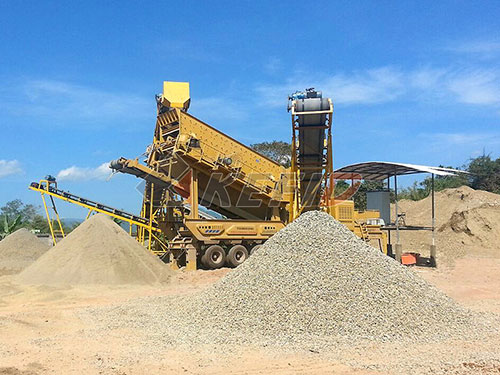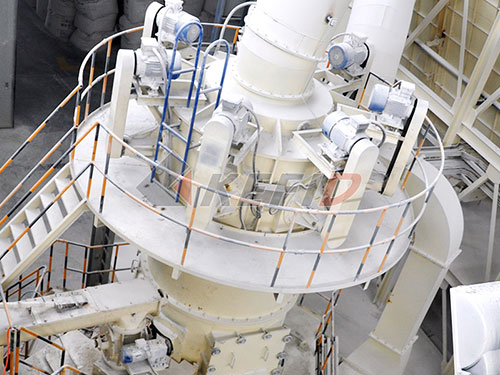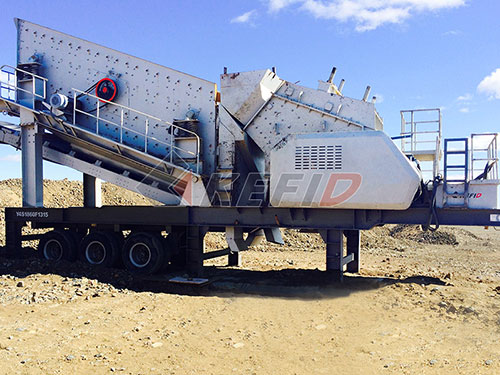Can You Skip The Crush And Run And Just Use Masonry Sand For Your Paver Patio? (Spoiler: Don’t Do It!)
The allure of a DIY paver patio is strong – the satisfaction, the potential cost savings. When planning, you might look at bags of fine, smooth masonry sand and wonder: “Could I just skip that expensive crushed stone base (often called ‘crusher run,’ ‘crush and run,’ or ‘road base’) and use this sand for everything? It would be so much easier and cheaper!” Resist this temptation. Using only masonry sand as your base for a paver patio is a recipe for failure.
Here’s why the proper base layers, starting with crushed aggregate, are absolutely non-negotiable:


1. The Critical Role of the Base: Stability & Drainage
Load Distribution: Pavers and the activities on your patio (people, furniture, grills, even vehicles) create significant weight. A thick layer (typically 4-6 inches compacted) of angular crushed stone (like crusher run) is designed to lock together tightly when compacted. This creates an incredibly stable platform that distributes weight evenly across the underlying soil. It prevents localized sinking or shifting.
Soil Support & Prevention of Settlement: Soil naturally moves – it expands when wet, contracts when dry, and can be soft in spots. A proper crushed stone base acts as a buffer between this dynamic soil and your rigid pavers. It bridges over minor soft spots and prevents the pavers from mirroring every tiny shift in the earth below.
Superior Drainage: Water is the enemy of stability. Crusher run has voids between its angular pieces that allow water to percolate down and away from the paver surface efficiently. Masonry sand is much finer; while water can move through it initially, it compacts densely over time and under load, significantly slowing drainage or even becoming impermeable in spots. Trapped water leads to frost heave in cold climates or simply softens the subsoil beneath.
2. Why Masonry Sand Fails as a Base:
Lack of Locking Mechanism: Unlike angular crushed stone, the rounded grains of masonry sand do not interlock effectively. Even when compacted initially, they behave more like a fluid under pressure.
Compaction & Settling: Masonry sand compacts readily but lacks inherent structural integrity under load.

Leave a Reply